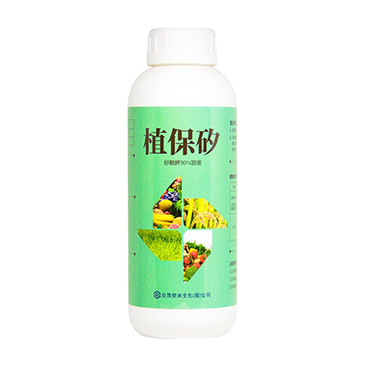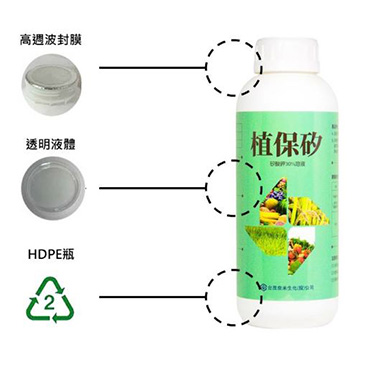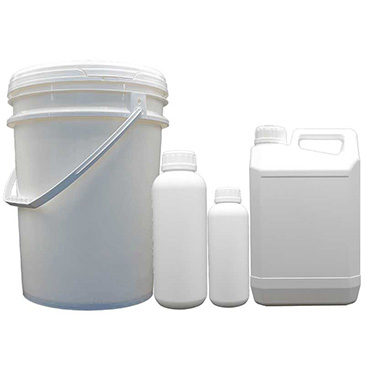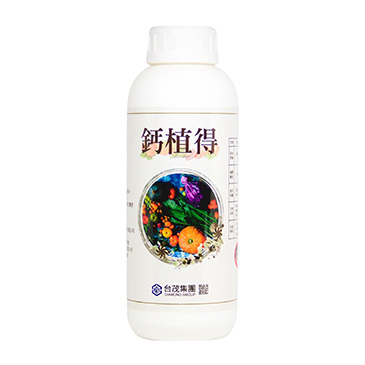Si Pro Plus
Model:Potassium Silicate
Properties: Transparent liquid, pH : 11-13
Application Methods: Foliar spray, root irrigation
Standard Packaging: 0.5 L, 1.0 L, 20 L
Shelf Life: 3 years
Custom packaging available upon request. Label customization, promotional items, and advertisement design services are also available.
Certification: ISO 9001
Registration Number: Plant Protection No. 00347
Product Description
Product Introduction
Liquid potassium silicate provides crops such as rice with effective disease resistance, particularly offering significant protection against powdery mildew and rice blast. Once potassium silicate enters the plant, it is converted into silicic acid, which deposits in the cell walls, enhancing their thickness and structure. This process effectively reduces the chances of pathogen invasion, boosts plant immunity, and strengthens crop resilience.
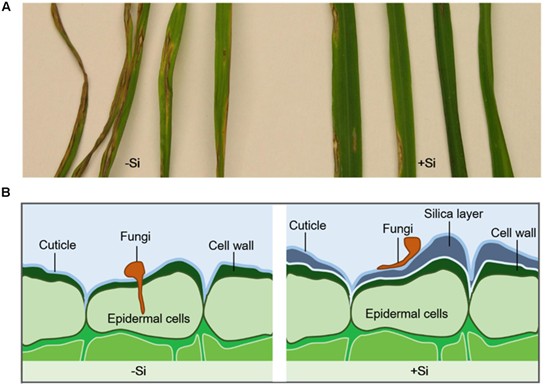
As silicic acid accumulates, the plant gradually forms a silicon layer, acting as a physical barrier. This barrier not only prevents the intrusion of pathogens and pests but also reduces water evaporation, enhancing drought resistance and lodging tolerance. From the application of potassium silicate to the formation of the silicon layer, the entire process significantly improves disease resistance and stress tolerance, ensuring both yield and quality protection for crops.
Fig. 1: (A) Rice plants treated continuously with silicon (+Si) or without silicon (-Si) were inoculated with Magnaporthe grisea (rice blast fungus). After 10 days, symptoms of rice blast appeared on the leaves. (B) Silicon-treated plants form a silicon layer in the cell walls, which strengthens resistance against fungal infections through physical barriers.
Source:Wang, M., Gao, L., Dong, S., Sun, Y., Shen, Q., & Guo, S. (2017). Role of Silicon on Plant–Pathogen Interactions. Plant Sci., 8.
https://doi.org/https://doi.org/10.3389/fpls.2017.00701
Product Features
Strengthens Cell Structure and Enhances Resistance to Disease and Lodging
Potassium silicate helps thicken plant cell walls, enhancing rice resistance against powdery mildew and rice blast, reducing the occurrence of diseases, and minimizing pathogen damage. Additionally, it effectively supports rice lodging resistance, improving overall plant health and stress tolerance.
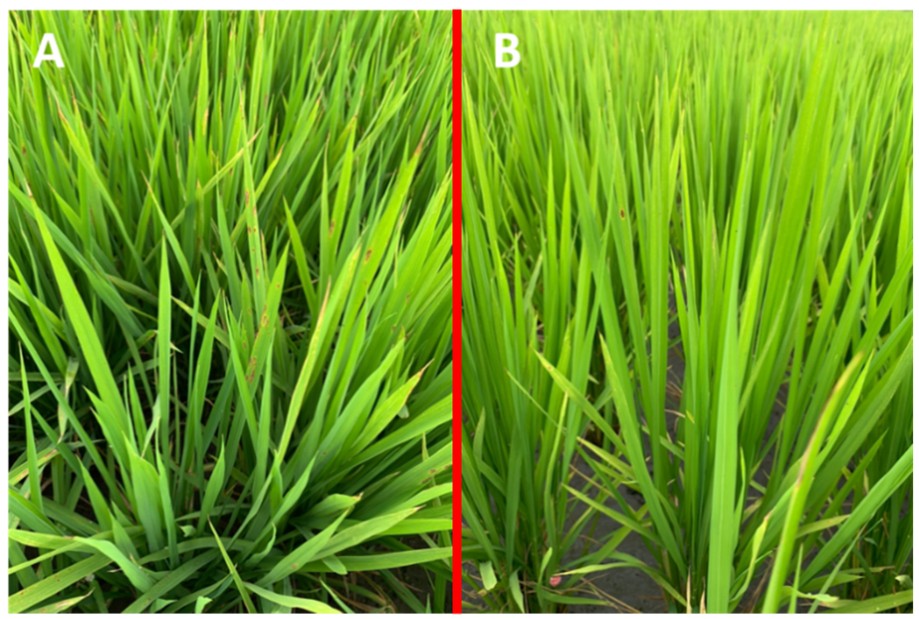
Fig.2: Reduction of rice blast damage after potassium silicate application. (A) Control group, (B) Treated with 800x Si Protect
Promotes Healthy Crop Growth and Improves Stress Resistance
Potassium silicate promotes root development, enabling plants to absorb more nutrients, which in turn enhances rice yield and quality. It also improves the survival rate of rice under adverse conditions, mitigating the impact of extreme weather
on crops.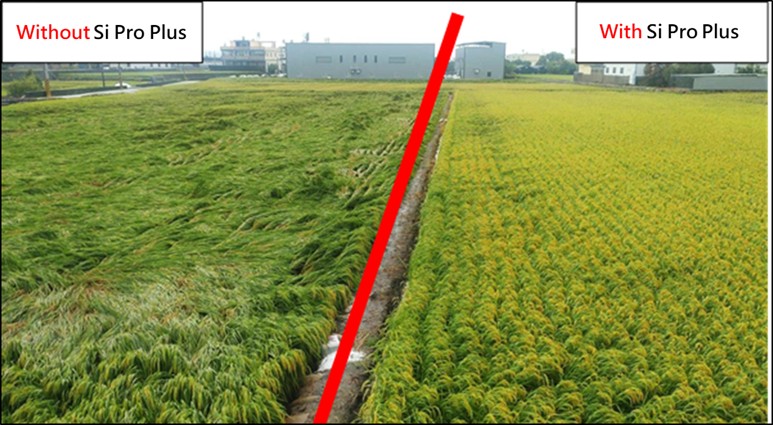
Fig. 3: Rice lodging after a typhoon. Left: Severe lodging without Si Protect application. Right: Enhanced lodging resistance with Si Protect.
Eco-Friendly and Safe for Sustainable Agriculture
This product is classified as a non-registered agricultural material, making it easy to use and compliant with agricultural management regulations. Made from natural and environmentally friendly ingredients, it does not pollute soil or water sources, making it suitable for organic farming and sustainable agriculture.
Registered Components
|
Fertilizer Component Name |
Registered Content (%) |
|
Potassium Silicate Solution |
30.0 |
Usage Method& Dosage
|
Crop |
Various crops (e.g., Solanaceae, Cucurbitaceae, etc.) |
Rice |
|
Target Disease |
Powdery Mildew |
Rice Blast |
|
Dilution Ratio |
800~1000 |
800~1000 |
|
Timing & Method |
Apply at the early stage of disease onset. Spray onto foliage every 7-12 days for 2-3 consecutive applications to effectively suppress powdery mildew spore germination and reduce disease occurrence. |
Apply before disease occurrence or at its early stage. Spray onto foliage to enhance rice cell walls, forming a barrier to block or inhibit pathogen growth, preventing rice blast infection. |
Precautions
-
This product is alkaline; gloves should be worn during application.
-
Conduct a small-scale test before full application to check for phytotoxicity.
-
Store in a cool, dry place and use promptly after opening.
-
Proper protective measures should be taken during application.

